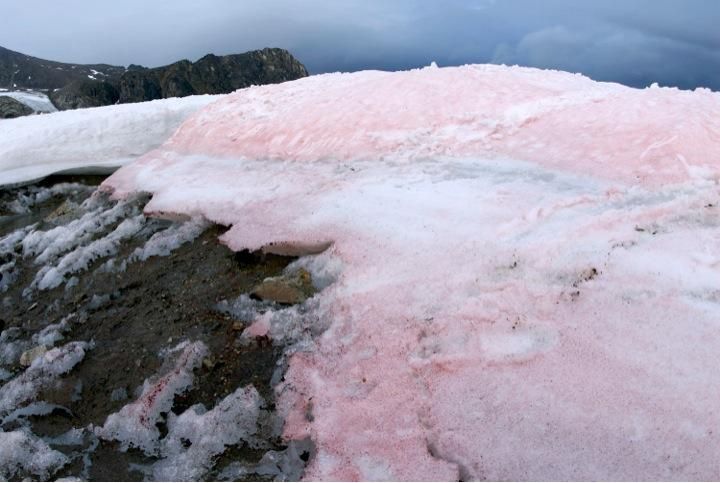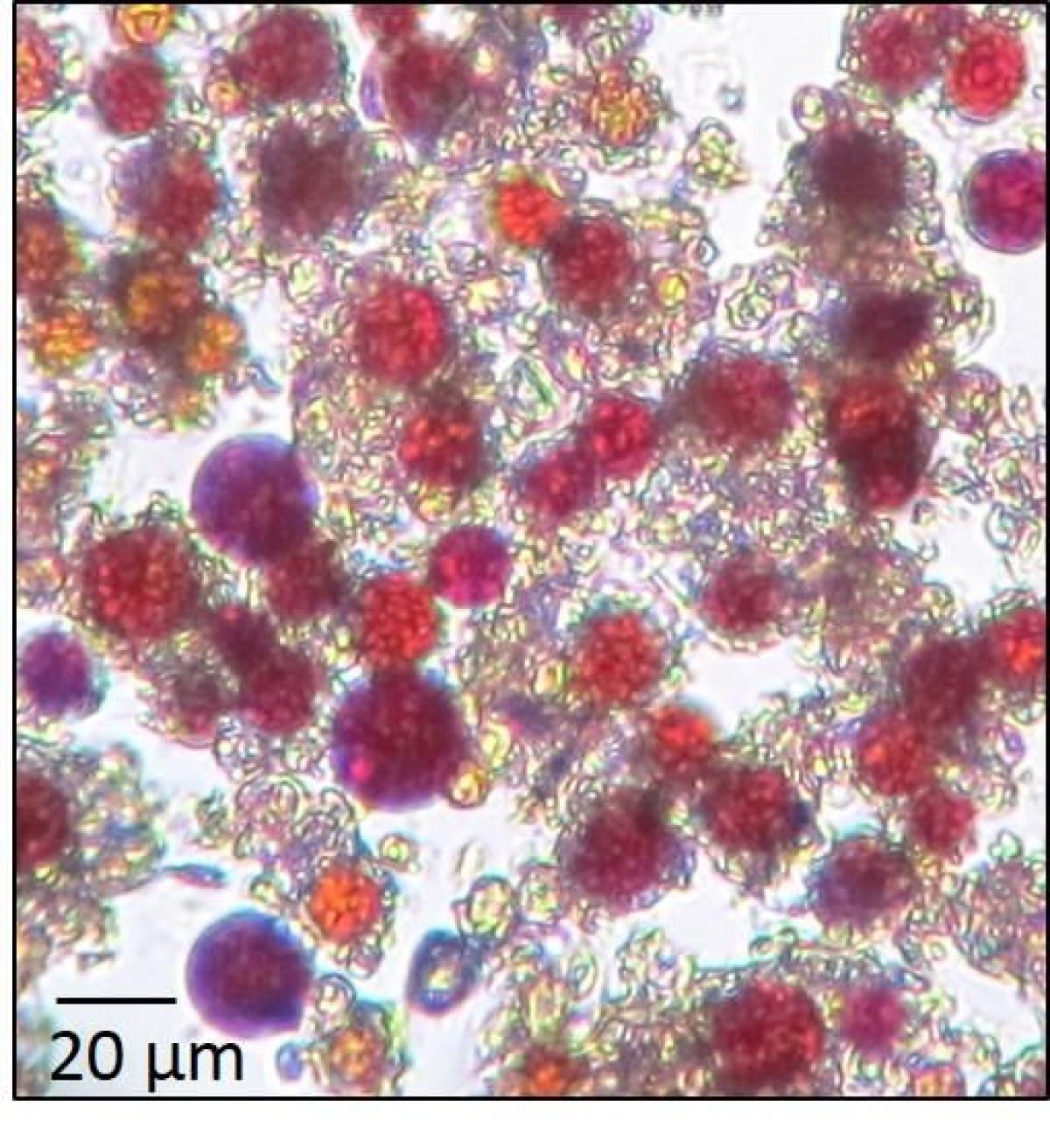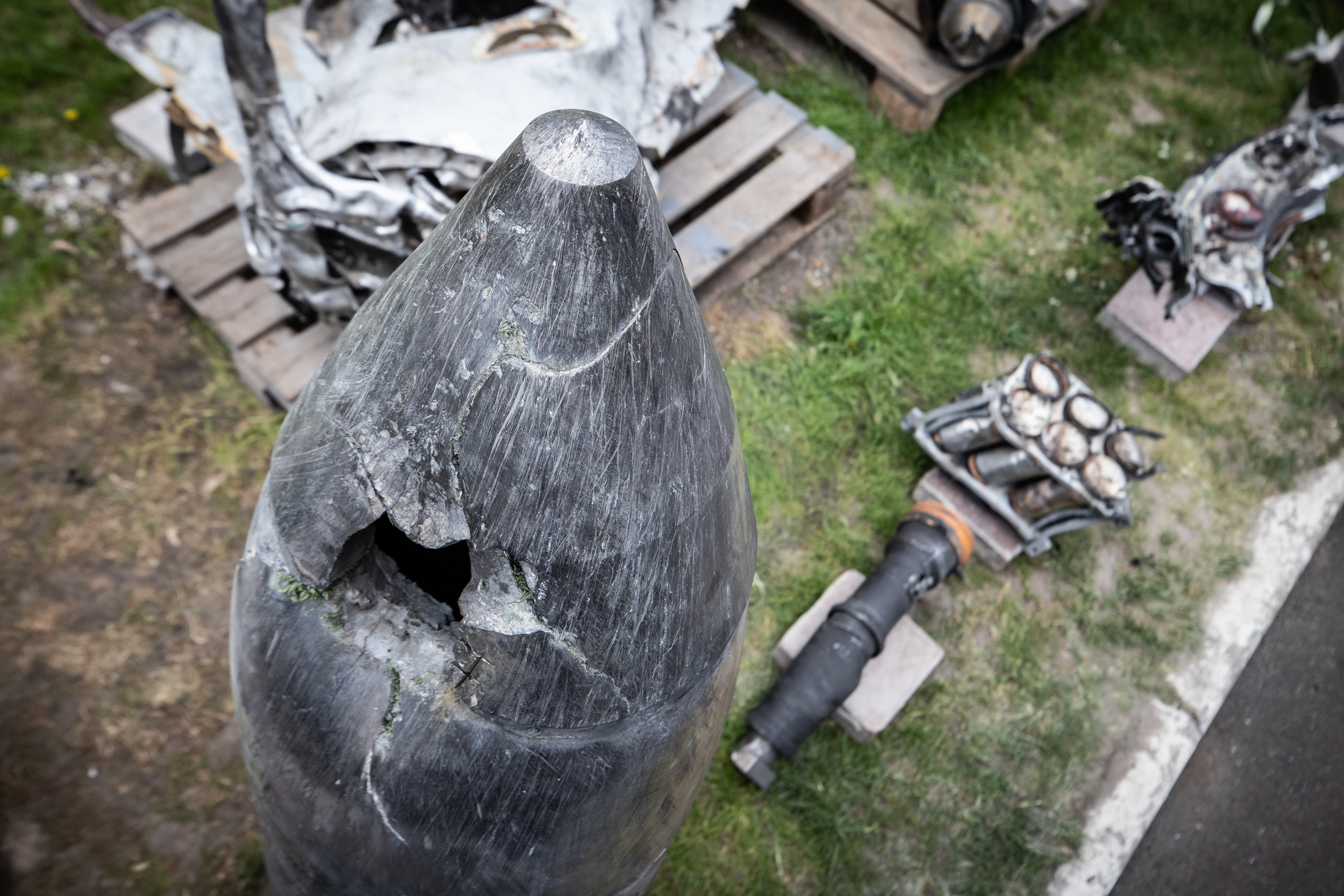
With global warming, glaciers in many areas are in the red. Literally.
Several types of algae flourish on the melting surfaces of glaciers, and these miniature plantlike cells have a red hue, owing to chemicals they create to protect them from the sun. Unfortunately for glaciers, this makes the surface reflect less sun and thus absorb more heat—leading them to melt even faster and creating a feedback cycle. More melt leads to more algae leads to more melt. Scientists have known about this so-called "blood snow" for some time (even Aristotle mentioned it in his writings), but exactly how much it reduced the glacier's reflectivity, also known as albedo (or "whiteness"), wasn't known until now.
Working at four sites in four Arctic countries (Norway, Greenland, Iceland and Sweden), a team of scientists from the University of Leeds and the German Research Center for Geosciences GFZ have determined that algae reduce the reflectivity of snow by 13 percent in the areas where it's found. That's a significant margin, equivalent to the difference between asphalt—which has a well-known tendency to heat up in the sun—and green grass.
The study, published June 22 in the journal Nature Communications, also found that the makeup of algae in the different locations was strikingly similar in terms of the species present and color. This means the findings can be generalized across the Arctic region, says the paper's first author, Stefanie Lutz, a postdoctoral researcher at both institutions.
So far, climate models haven't taken this impact on glacier melt into account, Lutz says. The next step is for her and her colleague to quantify exactly how much melting the algae and associated reduced reflectivity cause, so data can be included in future models.
The scary thing is that it's probably pretty significant. Recent work has estimated the amount of melting caused by sand and soot, which also absorb heat, to be 17 gigatons of water per year (the amount of water found in a cube that's about 1.6 miles wide and tall). Lutz says red algae are much more widespread than these sandy holes, and thus are likely to cause even more melting.

Uncommon Knowledge
Newsweek is committed to challenging conventional wisdom and finding connections in the search for common ground.
Newsweek is committed to challenging conventional wisdom and finding connections in the search for common ground.
About the writer
Douglas Main is a journalist who lives in New York City and whose writing has appeared in the New York ... Read more
To read how Newsweek uses AI as a newsroom tool, Click here.








